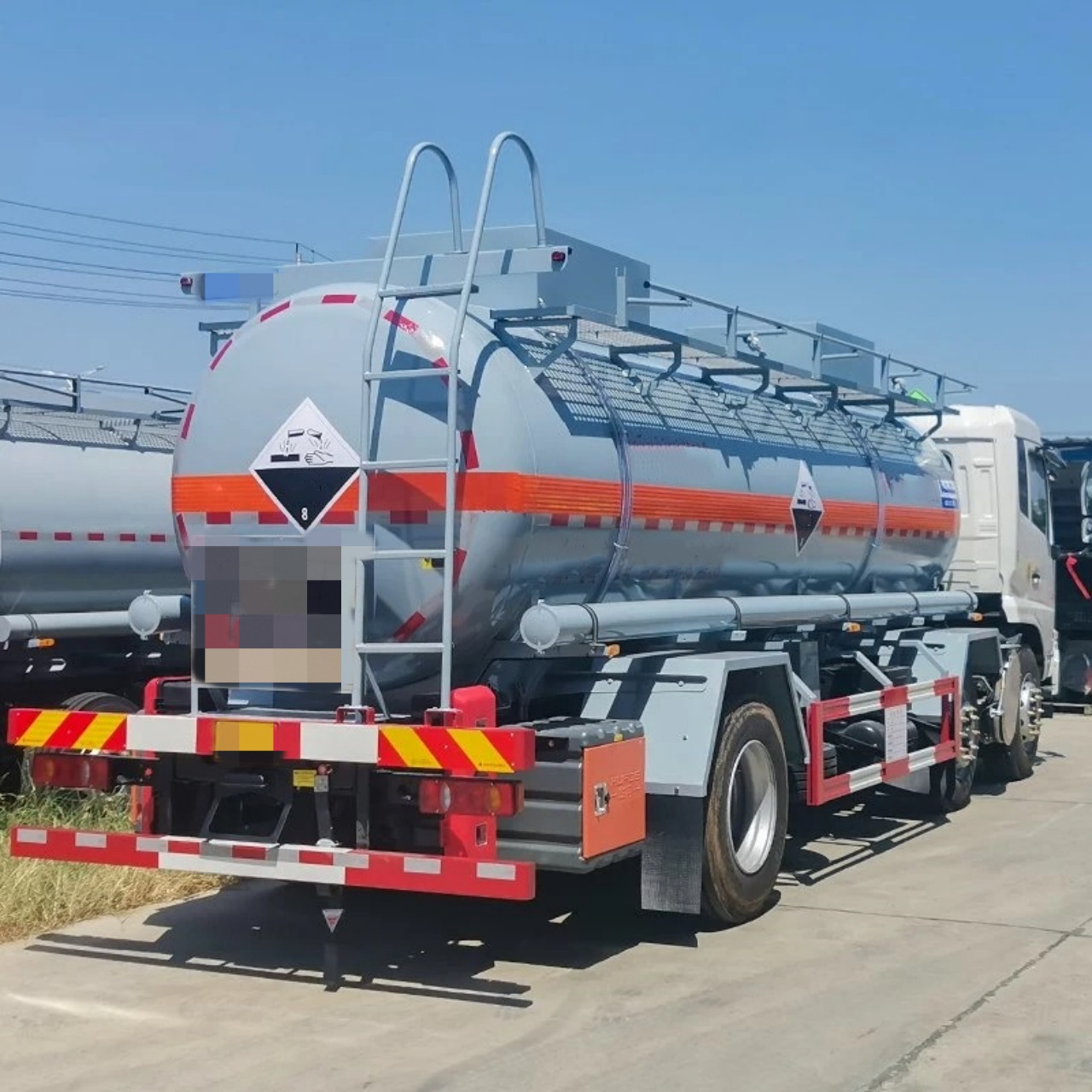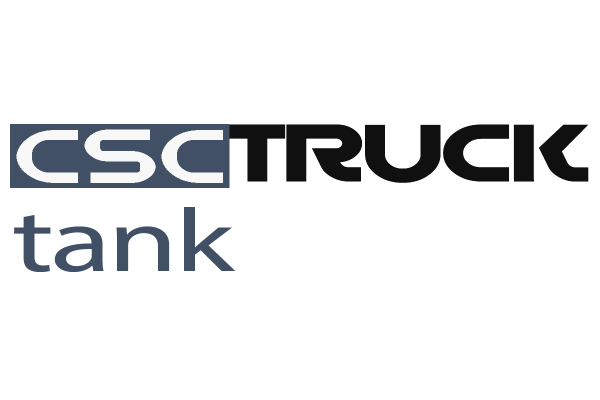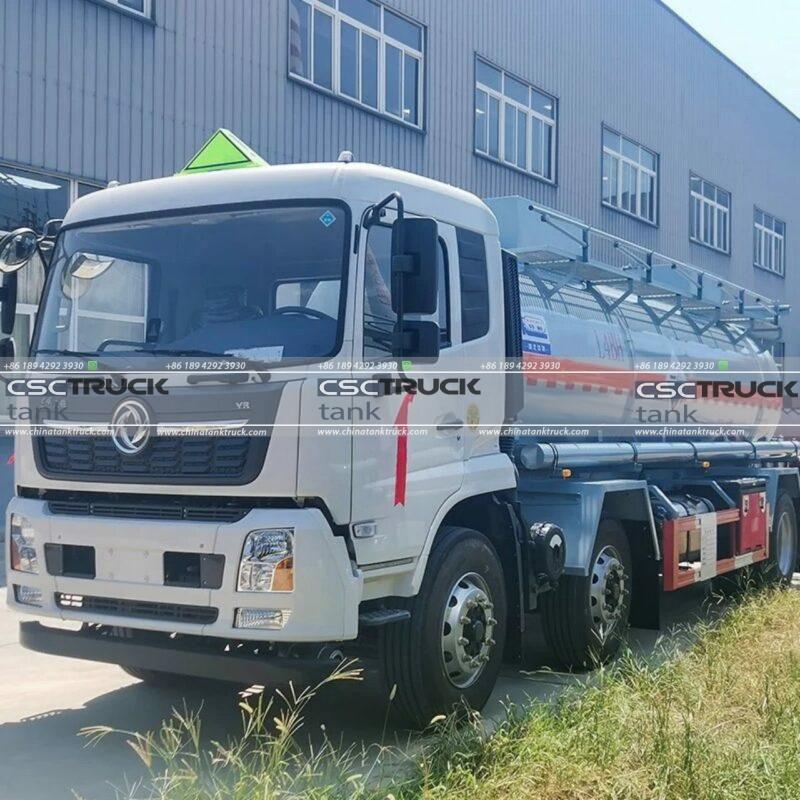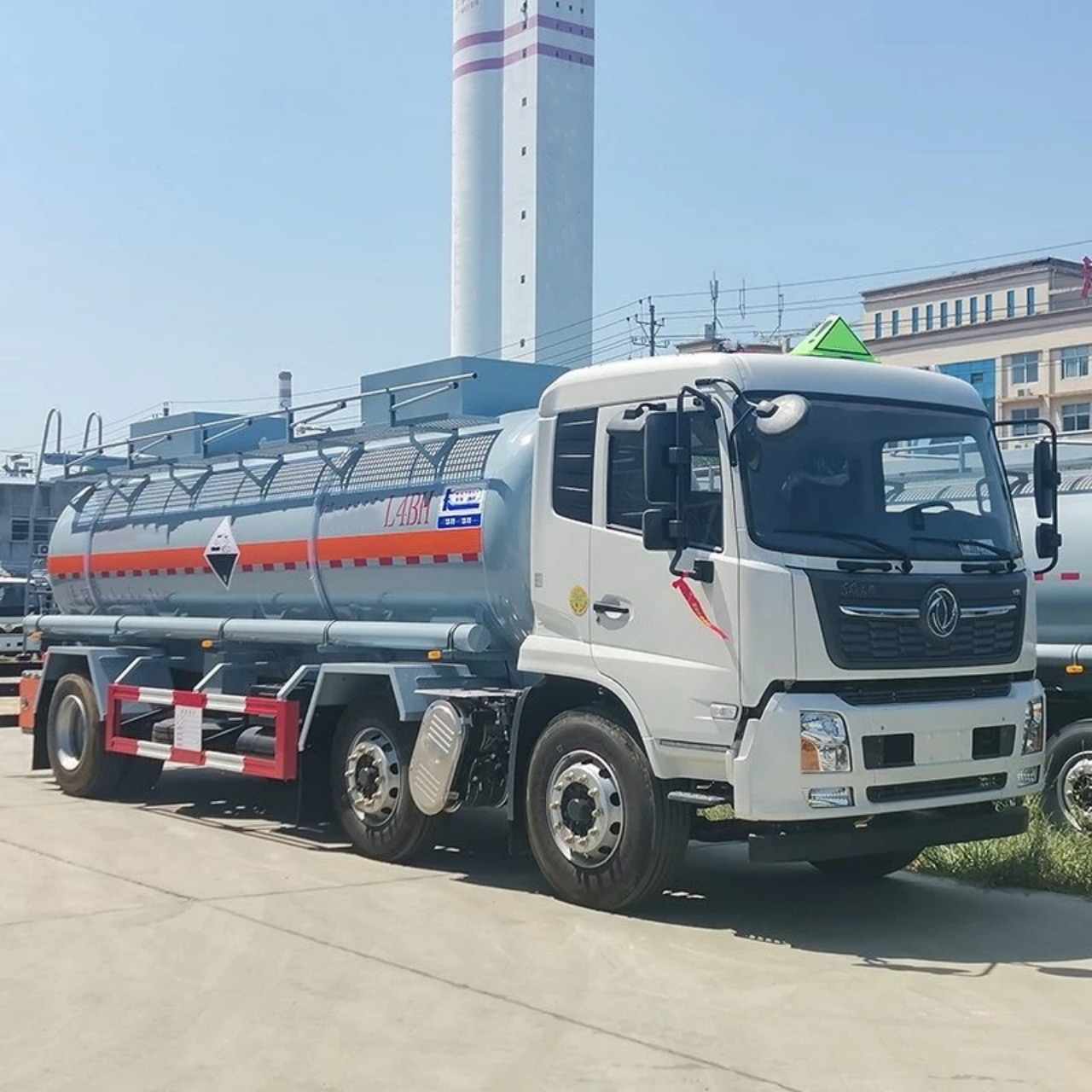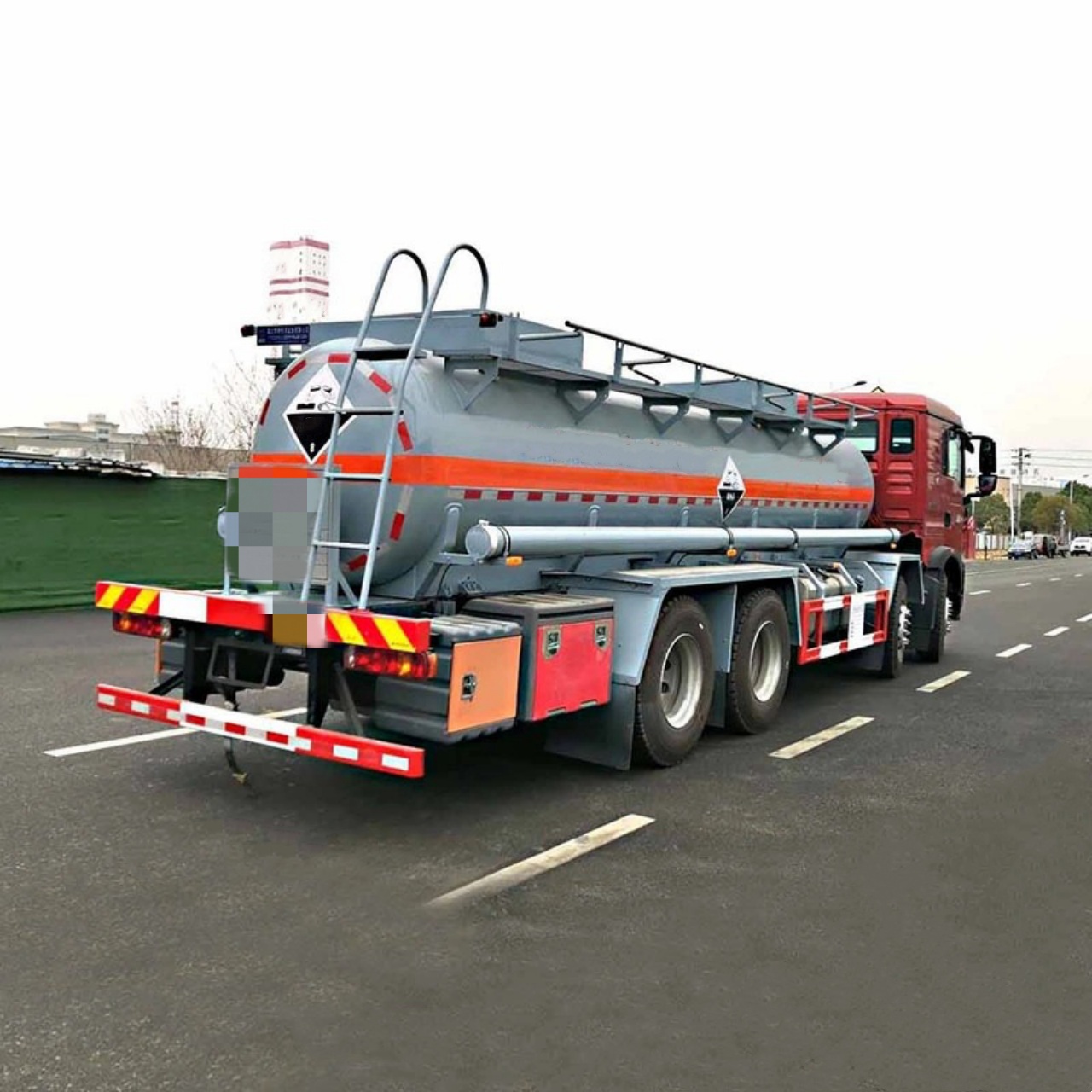In the industrial world, acids and alkalis play a crucial role in manufacturing, mining, agriculture, water treatment, and chemical processing. However, the very nature that makes them useful—being highly reactive—also makes them hazardous to handle and transport. Acids such as sulfuric, hydrochloric, or nitric acid, and alkalis like sodium hydroxide or potassium hydroxide, pose serious risks to health, the environment, and infrastructure if mishandled. That is why the safe transport of acids and alkalis requires specialized equipment—corrosion-resistant tank trucks engineered specifically to meet these unique challenges.
The Nature of the Risk
Acids and alkalis are known for their aggressive chemical properties. Even minor leaks or spills during transport can lead to:
- Severe human injury, including chemical burns and respiratory damage.
- Environmental contamination which may require extensive remediation.
- Damage to infrastructure, such as roads, drainage systems, and vehicles.
- Regulatory violations, leading to fines and business disruptions.
Given these risks, the safe transport of such corrosive substances depends on the reliability and integrity of the containment system—the tank truck.
Corrosion-Resistant Tank Trucks: The Backbone of Safe Chemical Transport
Corrosion-resistant tank trucks are purpose-built to withstand the harsh properties of acids and alkalis. These specialized vehicles are designed with non-reactive materials, pressure handling capabilities, and advanced safety features to minimize risk throughout the transportation cycle.
1. Material Selection
The most critical feature of a corrosion-resistant tank truck is its tank construction. The materials used must resist chemical attack while maintaining mechanical strength. Common materials include:
- Stainless Steel (316L or 904L): Known for excellent corrosion resistance, especially in acidic environments.
- Rubber-lined Carbon Steel: Combines the strength of steel with a protective rubber interior for alkali resistance.
- FRP (Fiber Reinforced Plastic): Lightweight, non-metallic, and highly resistant to both acids and alkalis.
- PTFE and other fluoropolymers: Often used as linings or coatings for maximum chemical inertness.
The choice of material depends on the chemical being transported, its concentration, temperature, and pressure.
2. Tank Design and Construction
Designing the tank for corrosive substances involves more than just materials. Several design aspects contribute to safety:
- Seamless or full-penetration welded tanks reduce potential leak points.
- Domed ends and baffles help maintain structural integrity and prevent sloshing during movement.
- Manholes with sealed gaskets allow for easy cleaning and inspection while preventing leaks.
- Multi-compartment tanks can allow the transportation of different chemicals simultaneously without risk of cross-contamination.
3. Pressure Relief and Ventilation
Transporting reactive chemicals often involves thermal and chemical reactions that can increase internal pressure. To manage this:
- Pressure relief valves (PRVs) are integrated into the tank to prevent over-pressurization.
- Vapor recovery systems capture harmful fumes, protecting both the driver and the environment.
- Inert gas blanketing systems, particularly for flammable or highly volatile acids, reduce the risk of combustion or reaction with air.
Operational Protocols for Safe Transport
Even the most advanced tank truck is only as safe as its operation. Standard operating procedures are key to minimizing risk.
1. Loading and Unloading Procedures
- Use closed-loop systems to avoid spills and vapor exposure.
- Grounding and bonding prevent static electricity buildup when transferring volatile substances.
- Ensure pump systems and hoses are chemically compatible and regularly inspected for wear.
2. Driver Training and Safety Gear
Drivers handling corrosive tank trucks must undergo specialized training:
- Understanding chemical hazards and Material Safety Data Sheets (MSDS).
- Emergency response skills for containment, neutralization, and first aid.
- Proper use of Personal Protective Equipment (PPE), including acid-resistant gloves, suits, goggles, and respirators.
3. Emergency Response Systems
Modern tank trucks are equipped with:
- Spill containment trays and secondary barriers.
- Emergency shut-off valves, activated manually or automatically.
- Onboard fire suppression systems, particularly for acid vapors or reactive spills.
Compliance and Regulations
Transporting hazardous chemicals like acids and alkalis is heavily regulated worldwide. Tank truck operators must comply with standards such as:
- ADR (Europe): The European Agreement concerning the International Carriage of Dangerous Goods by Road.
- DOT/PHMSA (USA): The Department of Transportation and the Pipeline and Hazardous Materials Safety Administration regulations.
- UN Recommendations: Guidelines for global consistency in hazardous materials transportation.
These regulations define tank construction, labeling, handling, documentation, and driver qualifications.
Advances in Technology: Monitoring and Automation
The chemical transport industry is increasingly leveraging technology to improve safety:
- Telematics and GPS systems monitor truck location, temperature, and pressure in real time.
- Digital logbooks ensure accurate compliance records and streamline inspections.
- Predictive maintenance algorithms help operators identify potential equipment failures before they become serious risks.
Smart sensors can automatically trigger emergency protocols, shut off valves, or notify operators if unsafe conditions arise.
Environmental and Sustainability Considerations
The safe transport of acids and alkalis must also take environmental protection into account:
- Double-walled tanks reduce the chance of leaks.
- Eco-friendly neutralizing agents are stored onboard for emergency spill response.
- Green routing algorithms help reduce carbon emissions and avoid environmentally sensitive areas.
Many manufacturers are now designing lightweight composite tanks that reduce fuel consumption without compromising chemical resistance.
Conclusion
The transport of corrosive substances like acids and alkalis is a complex but essential part of the global industrial supply chain. Ensuring the safety of people, infrastructure, and the environment requires more than just caution—it requires specialized equipment like corrosion-resistant tank trucks built to the highest standards of engineering and regulation.
From the use of chemically inert materials and intelligent tank design to robust operational protocols and high-tech monitoring, every aspect of corrosive transport is focused on risk minimization. As industry demands grow and sustainability becomes a priority, these trucks are evolving to be not only safer but also smarter and greener.
For any company involved in the handling or transport of corrosive chemicals, investing in high-quality corrosion-resistant tank trucks is not just good business—it is a critical responsibility.
